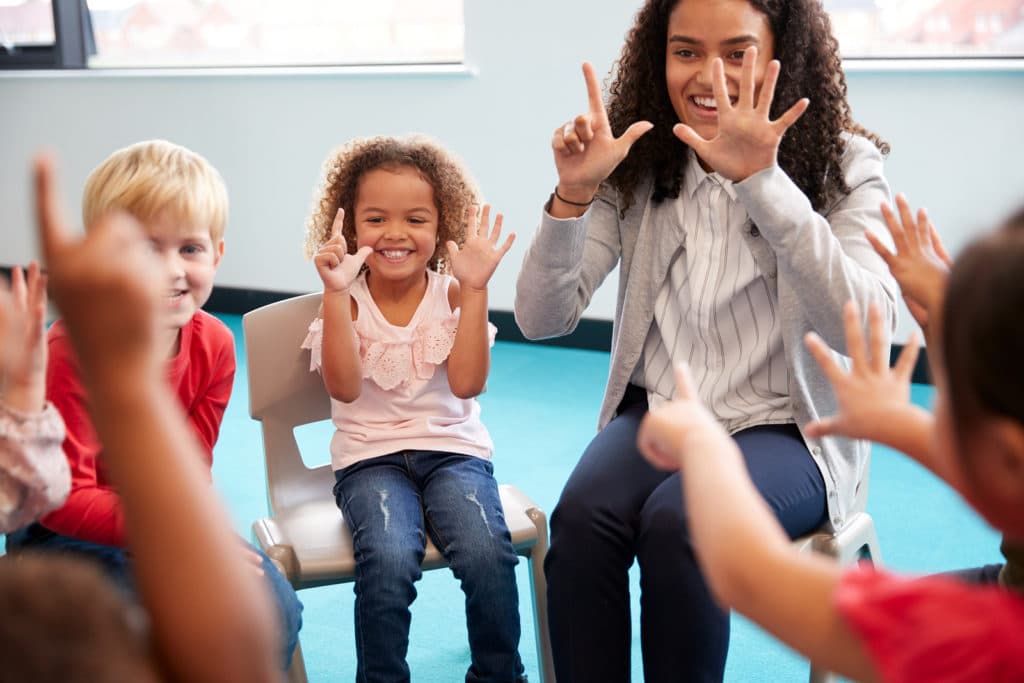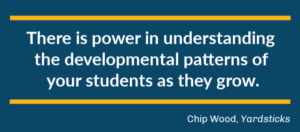
Recently, as I was returning a rental car, the associate behind the desk asked me an all-too-familiar question: “How was everything?” Without very much thought, I smiled and provided my routine answer: “Everything was fine.” She then asked me, “Is there anything that you feel we could do better?” I thought to myself, “What a revealing question!” To answer it, I’d need to go beyond a stock response and dig deeper into my experience to assess what could be improved.
While we all are used to being asked some variation of that first question (and generally have an automatic response for it), it’s the second question that we as educators can pose to ourselves to strengthen the dynamic relationships that make up a classroom community.
The time after winter break marks the midway point of the school year. Earlier in the school year you did the important work of building relationships with students and families: organizing the classroom space, selecting classroom materials for students, writing welcome letters, hosting back-to-school nights, and holding conferences with families. Several months later, you may have settled into a routine built on the assumption that you have your students and their families all figured out. But our relationships with our students and their families are constantly changing and growing. This time of year provides the perfect opportunity to dig deeper into what you already know about your students and families in order to strengthen the community you’ve created together.
At this point, when the end of the year seems right around the corner and the beginning of the year seems like a distant memory, how do you continue to strengthen your classroom community?

Written by Jane Cofie, CRS Curriculum & Instruction Designer